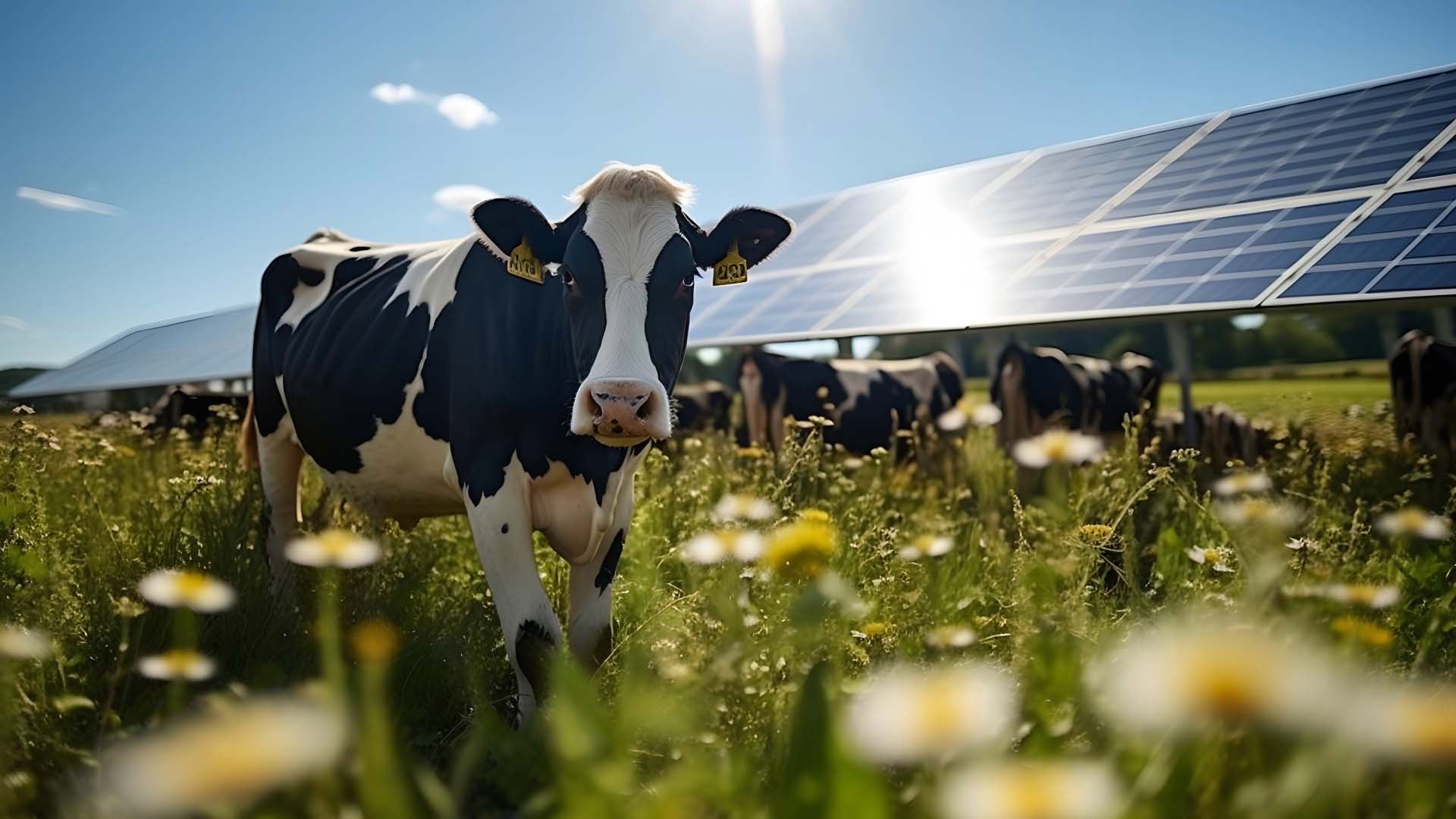by Shawn Crowle with research by Cameron Domes
As Alberta’s renewable energy sector continues to grow, one question looms large – how can we balance the push for sustainable energy with the need to preserve our agricultural lands? Enter agrivoltaics – a groundbreaking solution that combines solar power with farming to create a win-win scenario for energy producers and farmers alike.
This innovative pairing of solar arrays and agriculture is redefining what it means to work the lan. From boosting crop yields to opening up new revenue streams – agrivoltaics has the potential to revolutionize the way Alberta farms.
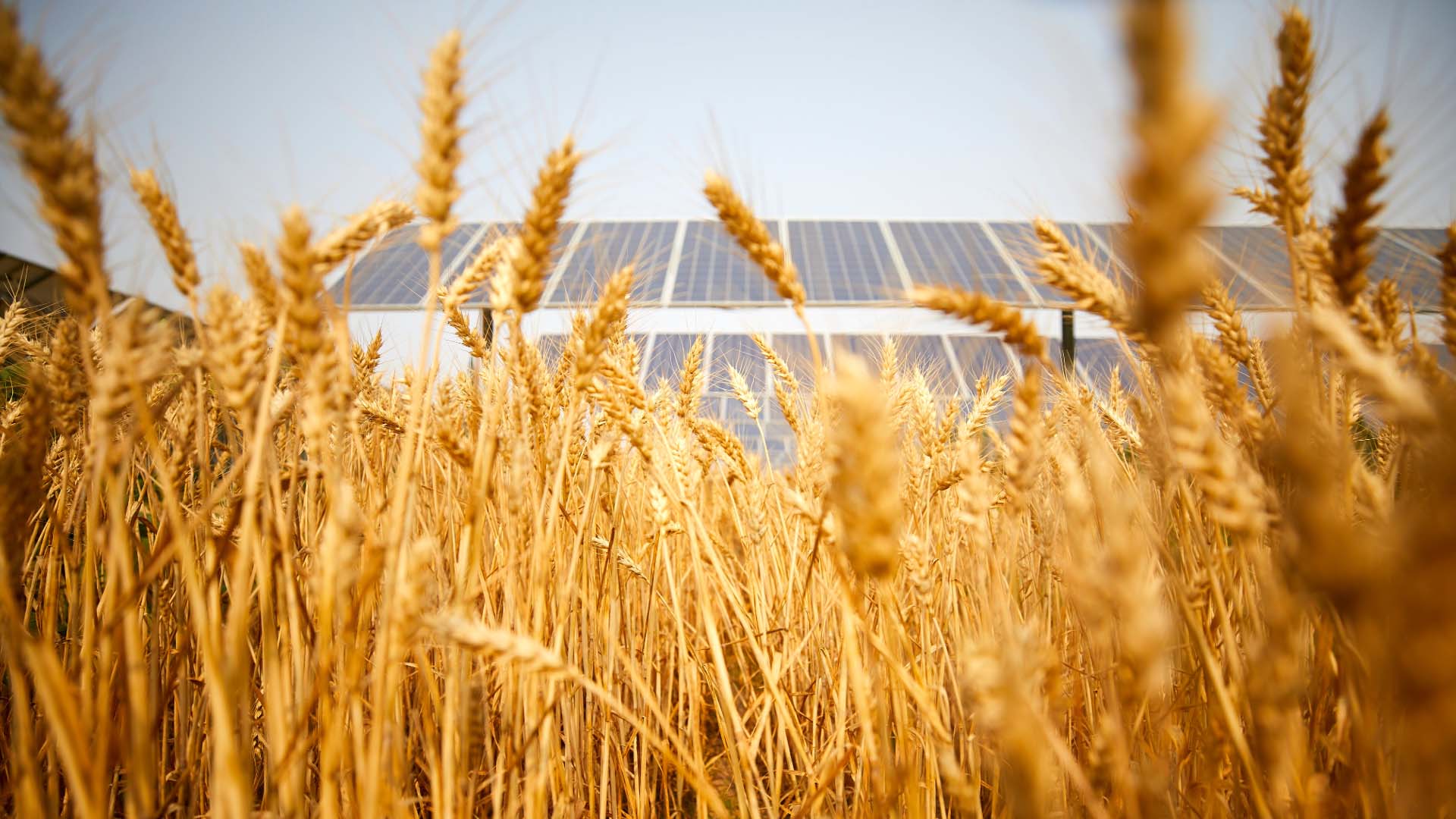
The Power of Combining Solar and Farming
Agrivoltaics is more than just a buzzword – it’s a practical solution for maximizing farm use. Solar panels are installed in ways that allow crops to grow beneath them or livestock to graze between them. This dual-use model is gaining momentum in Alberta, which already leads Canada in solar energy production with 40 of the country’s 79 large-scale solar farms.
One of the most exciting aspects of agrivoltaics is its scalability. Studies suggest that converting just 1% of Canada’s farmland to agrivoltaic use could meet 25% of the country’s energy needs, while just 1.4% of Alberta’s farmland could completely offset the province’s carbon emissions. These numbers highlight the immense opportunity for farmers to contribute to renewable energy goals while maintaining productive agriculture land.
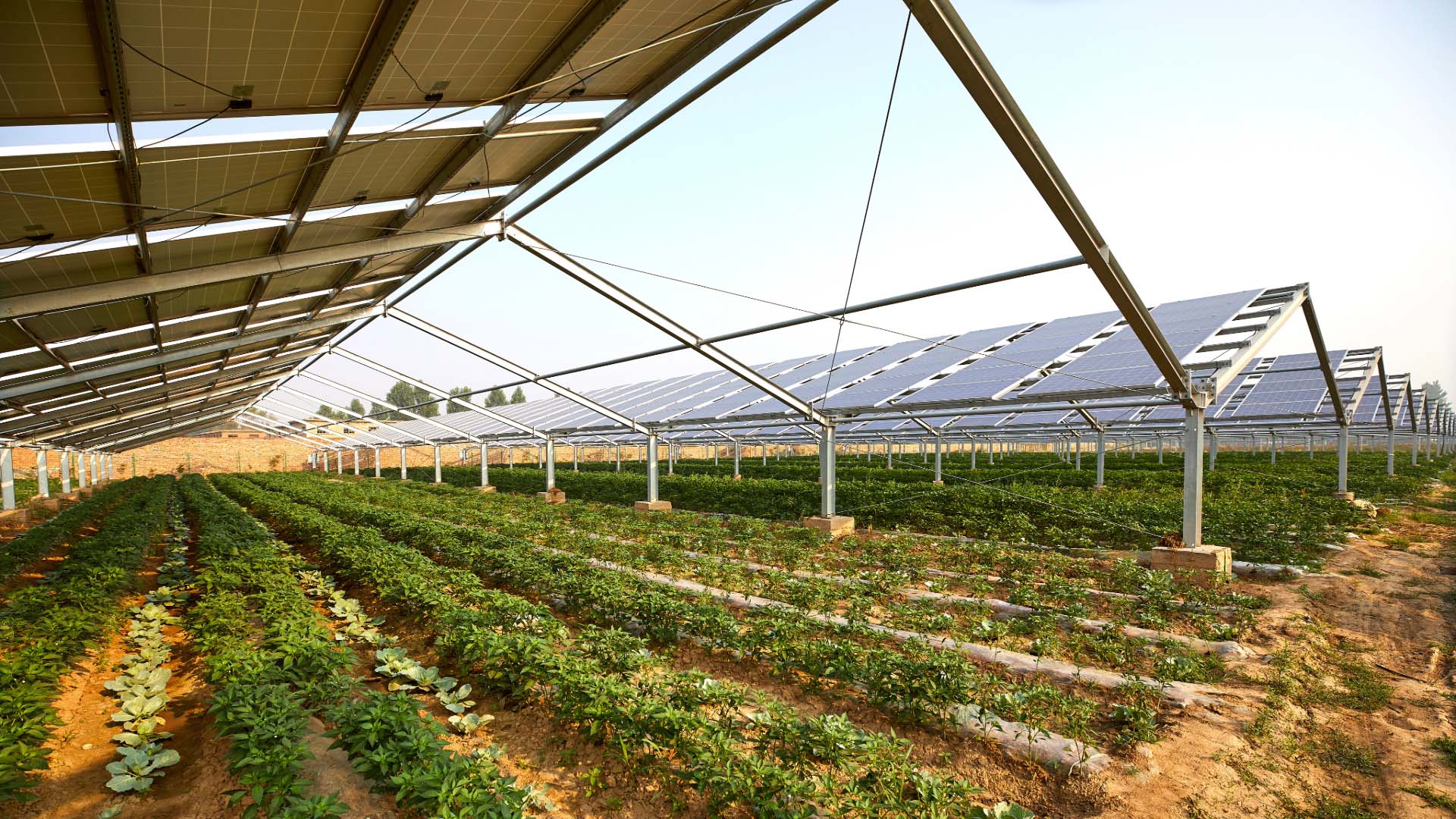
The Benefits of Agrivoltaics for Farmers
Agrivoltaics offers both practical and financial benefits for Alberta’s farmers:
- Improved Crop Performance
- Certain crops, like corn, benefit from the partial shade solar panels provide. This shade reduces moisture evaporation, protects plants form heat stress, and creates a more stable growing environment.
- Early research suggests that wheat and other staples could also see improved yields under agrivotaics, although more studies are needed to confirm long-term results.
- Natural Weed and Grass Control
- Livestock, such as sheep, are ideal for grazing beneath solar panels, reducing the need for mechanical mowing. This natural vegetation management lowers maintenance costs and aligns with sustainable farming practices.
- However, not all livestock are compatible. Goats, for example, can damage infrastructure by chewing on wires. Research is still ongoing to explore other livestock pairing such as cattle.
- New Revenue Streams
- Farmers can lease portions of their land for solar installations while continuing to farm beneath or around them. This dual-use model maximizes land productivity while providing a reliable second income stream.
- Long-Term Financial Potential
- The agrivoltaics industry is projected to grow to $9.3billion by 2031, creating significant economic opportunities for Alberta farmers who invest in this sustainable solution.
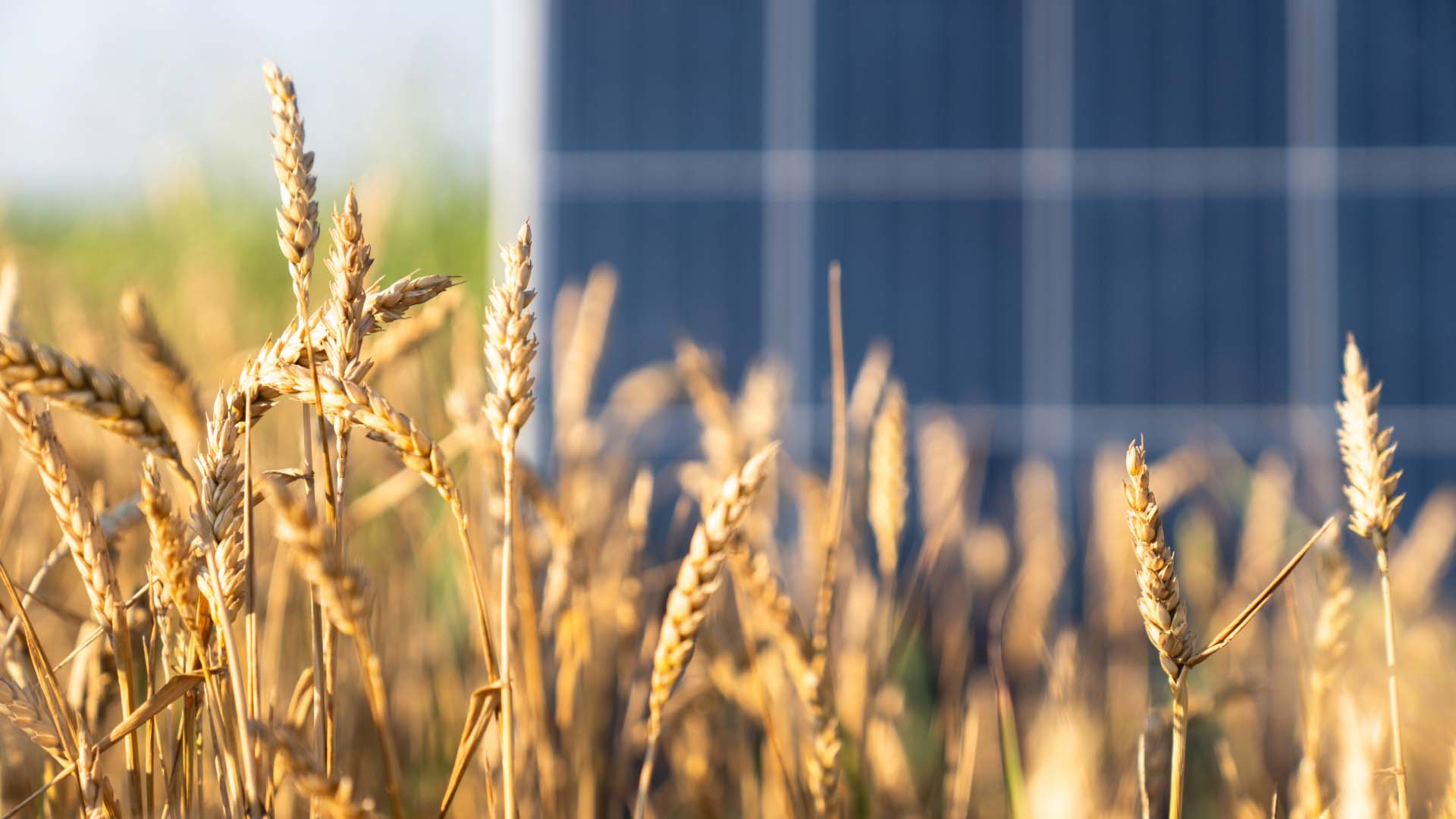
Alberta’s Solar Revolution
Alberta is uniquely positioned to lead Canada in integrating solar energy with agriculture. The Camrose Solar Project, a proposed 23MW farm east of Camrose, highlights the potential for balancing renewable energy production with agricultural preservation.
Once finished, the project will:
- Minimize Agricultural Impact: Located on Class 4 land, the project will avoid the province’s most productive farmland while generating clean energy.
- Address Community Considerations: The project engaged in in-depth community consultations and transparent communication in the selection of the site location. Key issues discussed included glare management, construction noise and potential effects to surrounding property values.
- Address Environmental Considerations: The project is designed to avoid federally protected lands and limit its impact on wildlife, with only moderate effects on wetlands.
The Camrose Solar Project represents another huge step forward in Alberta’s efforts to integrate renewable energy with community-focussed development.
Rethinking Alberta’s Land with RenuWell
The RenuWell Project is another example of Alberta’s innovative approach to renewable energy. This initiative converts abandoned oil well sites into solar farms, repurposing land that is no longer viable for agriculture. Two farms in the Taber municipal district currently produce a combined 1.45 MW of energy on land orphaned for decades.
If just 10% of Alberta’s 170,000 inactive oil wells were converted to solar, the resulting energy output would be 6,200 MW, more than 13 times the capacity of the Travers Solar Project, the largest solar farm in Canada. However, regulatory barriers and government red tape remain significant hurdles to scaling this effort.
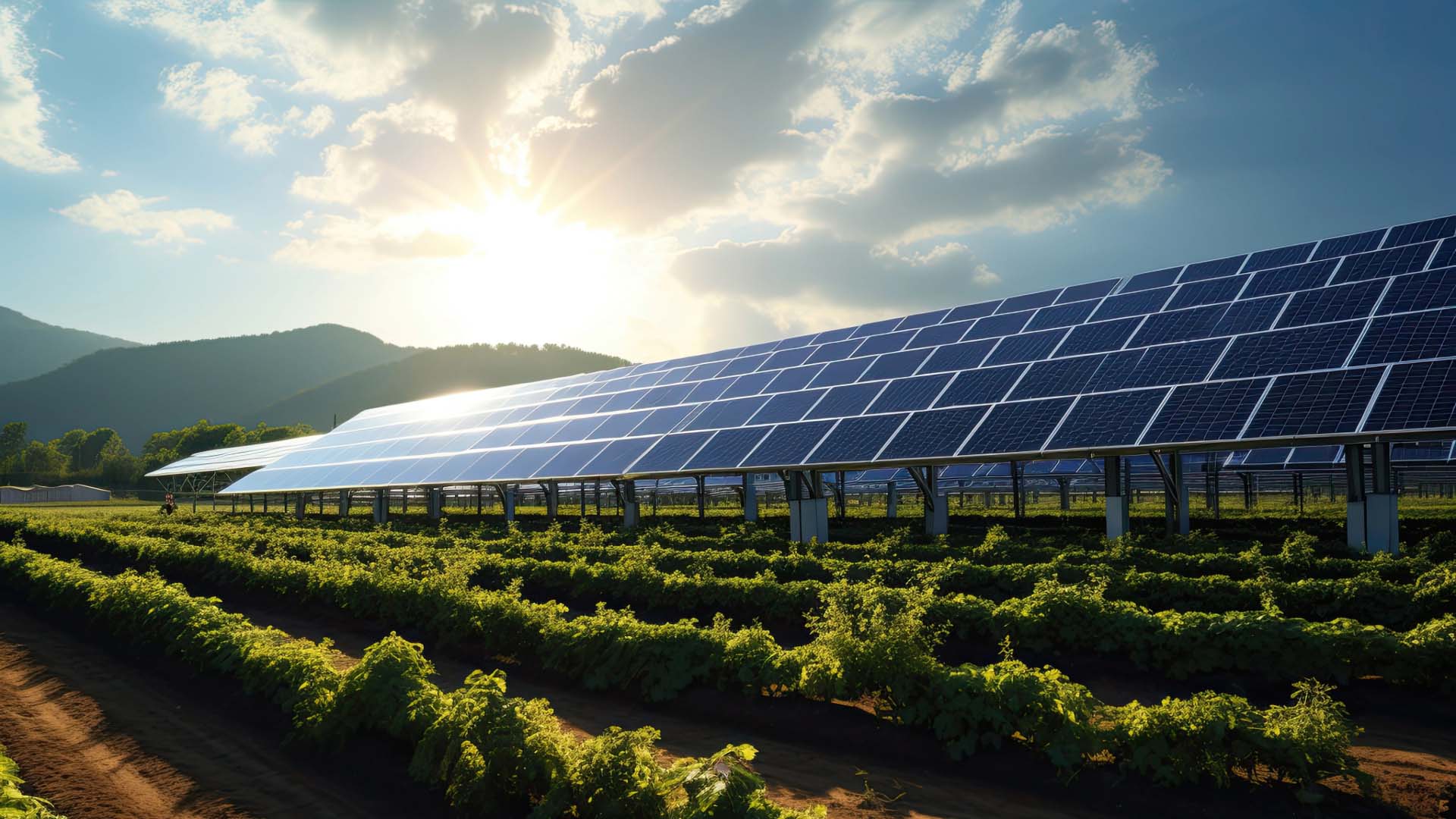
Challenges to Overcome
While agrivoltaics holds incredible promise, there are challenges to address:
- Limited Research: More studies are needed to understand how different crops, such as wheat and barley, perform under solar arrays. This knowledge will help optimize systems for Alberta’s unique agricultural needs.
- Upfront Costs: Implementing agrivoltaic systems requires significant initial investment. However, farmers who make the leap often find the long-term financial and environmental returns outweigh the costs.
- Regulatory Hurdles: Projects like RenuWell highlight the need for streamlined regulations to make large-scale adoption of agrivoltaics feasible.
A Bright Future for Alberta Farmers
Agrivoltaics represents an incredible opportunity for Alberta’s farming community. By integrating solar energy production into existing agricultural practices, farmers can increase land productivity, reduce their environmental footprint, and play a vital role in the province’s renewable energy transition.
As the global demand for sustainable energy grows, Alberta has the chance to lead the way in innovative solutions that balance energy needs with food production. With careful planning, supportive policies, and continued research, the future looks bright—for both Alberta’s farms and its energy grid.

